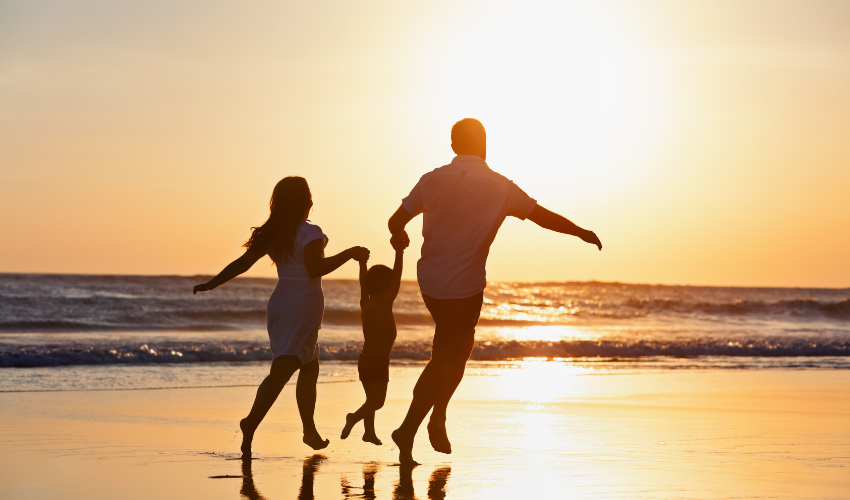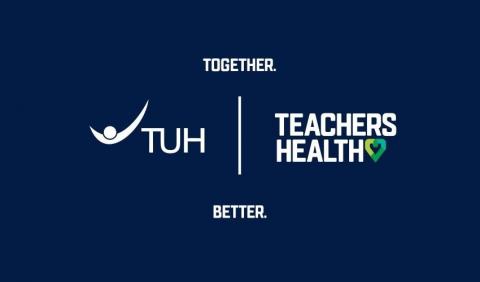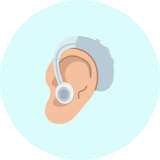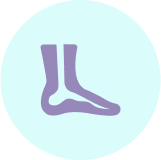Summertime poses a unique challenge as outdoor workouts become more demanding due to the heat, If you're contemplating a workout in temperatures exceeding 30 degrees, it's important to acknowledge potential health risks such as dehydration and heat stress.
We can become dehydrated more easily in summer because we’re more prone to sweating when we exercise (and even when we don’t!). Sweat is one way our bodies cool us down, so it is a helpful process, but your body can lose 0.8–1.4 litres of sweat per hour exercising in the heat. That’s a lot of fluid - as well as elements and minerals such as urea, sodium and calcium - that need to be replaced.
Dehydration can cause a range of health problems, including fatigue or difficulty making decisions. You might also notice that your physical performance isn’t at its best, and this is because your body’s systems have slowed down. Also, high humidity levels can delay the evaporation of sweat from our skin, making it more challenging for our bodies to cool down.
There are precautions you can take to ensure you take care of yourself while exercising outdoors during summer months. Who knows, with these tips below, you may even perform better than ever!
Pre-workout hydration: Our bodies use fluid to regulate our body temperature, so it makes sense that we need to ensure we have enough fluid before we go outside and exercise. Without adequate fluid, your body temperature will rise more quickly, increasing the amount of sweat you’re losing, and speeding up your dehydration. The recommended approach is to have eight to 10 cups of water each day, even on days you’re not exercising. Try to sip water in small amounts before you exercise to ensure you don’t get a stitch or lose it all in your urine.
Maintain adequate hydration: Starting hydrated is important, but so is saying hydrated. As you sweat, water moves from your cells to your skin, leaving behind a high concentration of electrolytes like salt, potassium, and chloride. This causes your cells to shrink, triggering a response in your brain to replace the lost fluid. Your body's thirst mechanism lags behind your actual hydration levels, though, so by the time you feel thirsty, you may already be dehydrated. Aim to avoid feeling thirsty during your workout by sipping on fluids regularly, or planning ahead to make sure your fluid intake is adequate to help you feel energised and perform at your best.
Stay cool: In addition to staying hydrated, there are other ways you can regulate your body temperature. Wear lightweight, light-coloured clothing that reflects heat and helps your body maintain its normal temperature. A wide-brimmed hat can also provide shade and protection from the sun. And always apply sunscreen to avoid the harmful effects of UV rays. Try to stick to shady areas, if you can, and take advantage of any water bubblers along your journey to splash water on your face and head to help lower your core temperature.
Build your fitness gradually: If you’re trying to increase your speed or distance, build slowly so your body has a chance to acclimatise. As the weather warms up, your body will naturally adjust to the rise in temperature, with increased blood volume, a lower resting heart rate, and increased sweat production at any given body temperature. This means that your body will be better equipped to manage its temperature, and the level of effort you have to put in will feel lower.
Post-exercise recovery: After you’ve crushed it in your exercise session, it's important to continue hydrating to replace the fluids lost while you were exercising. You'll continue to lose fluid through sweating and urination for some time, so aim to drink one and a half times the amount of fluid you lost while exercising.
Be careful of caffeine and alcohol because they can have a diuretic effect, leading to further fluid loss and dehydration. In some cases, it may be necessary to replace the electrolytes lost through sweat. On hot days or for moderate-intensity exercise lasting longer than 60 minutes, sports drinks may be helpful. For exercise lasting less than 30 minutes, water is all you need.
It’s not hard to exercise safely in the summer heat, it just takes some care and planning. Get on your fitness journey with TUH by your side and discover our suite of extra products, including services like acupuncture, physiotherapy, chiropractic, podiatry, massage and myotherapy, to address any post-exercise recovery needs, ensuring you stay at your best.
Exercising outside brings a long list of benefits and being able to have fun in the sun makes us extra lucky!
This general information, while intended to be helpful, is not individual health advice. Always consult a healthcare professional before making health decisions. While the information is curated with care, its accuracy, completeness, or recency cannot be guaranteed. We cannot be held responsible for any loss incurred from acting on this information. Content developed in partnership with Health and Wellbeing Queensland.
Information source: https://hw.qld.gov.au/blog/channeling-your-inner-athlete-in-the-queensland-heat-and-humidity






































